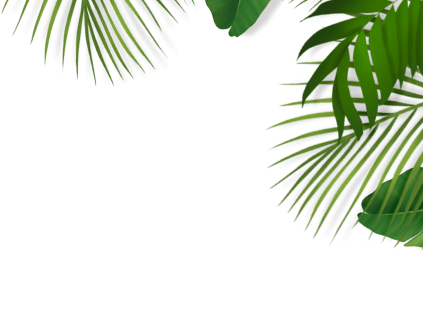
Unveiling the Majestic Lake Victoria:
A Natural Wonder
Lake Victoria, the largest lake in Africa, is a captivating body of water with a distinctive irregular shape. Its shores, with the exception of the western side, are deeply indented, creating a picturesque coastline that stretches over 2,000 miles. The lake’s dimensions are impressive, with a greatest length of 210 miles and a greatest breadth of 150 miles.
A Shallow Depression in the Rift Valley
Nestled within the vast plateau between the Western and Eastern Rift Valleys, Lake Victoria occupies a shallow depression. Its surface rests at an elevation of 3,720 feet above sea level, while its maximum known depth is 270 feet. The lake is adorned with numerous archipelagos and reefs, adding to its natural beauty and diversity.
A Biodiversity Hotspot
Lake Victoria is home to an astonishing variety of aquatic life, with over 200 species of fish inhabiting its waters. The Tilapia, a commercially important species, is particularly abundant in the lake. The lake’s basin area covers a vast expanse of 92,240 square miles.
Diverse Coastal Landscapes
The shores of Lake Victoria vary significantly in appearance. The southwestern coast is characterized by towering precipices reaching 300 feet high, while the western coast is marked by expansive papyrus and ambatch swamps, indicative of the Kagera River delta. The northern coast is relatively flat and barren, leading to the Kavirondo Gulf, a narrow channel extending eastward for 40 miles.
Significant Cities and Islands
Several important cities are located along or near Lake Victoria’s shores, including Kampala and Entebbe in Uganda. The lake also boasts numerous islands, with Ukerewe, the largest, rising 650 feet above the water and featuring wooded hills. This densely populated island is a popular destination for visitors. The Sese archipelago, comprising 62 islands, is another highlight of Lake Victoria, known for its stunning beauty.
Water Flow and Hydropower
The Kagera River, the largest tributary to Lake Victoria, enters the lake from the west. The only other significant river flowing into the lake is the Katonga. The lake’s sole outlet is the Victoria Nile, which exits from the northern coast.
A History of Exploration and Development
The search for the Nile’s source led the British explorer John Hanning Speke to discover Lake Victoria in 1858. Previously known as Ukerewe by the Arabs, the lake was renamed in honor of Queen Victoria. Sir William Garstin conducted a detailed survey of the lake in 1901, laying the groundwork for future developments.
The construction of the Owen Falls Dam (now the Nalubaale Dam) on the Victoria Nile in 1954 marked a significant milestone in the lake’s history. This dam, located in Jinja, Uganda, harnessed the lake’s waters to generate hydroelectric power on a large scale, transforming Lake Victoria into a vast reservoir. A second dam, Kiira, was added downstream in 1999, further enhancing the region’s energy production.
A Region of Rich Culture and Diversity
The Lake Victoria region is one of Africa’s most densely populated areas, with millions of people residing within 50 miles of its shores. The majority of these inhabitants are Bantu-speaking, contributing to the region’s rich cultural diversity.
Lake Victoria’s significance extends beyond its natural beauty and ecological importance. It plays a vital role in the lives of millions of people, serving as a source of transportation, trade, and sustenance. This magnificent lake continues to captivate and inspire, standing as a testament to the power and resilience of nature.
Included and Excluded
Itinerary
Book Your Tour
Reserve your ideal trip early for a hassle-free trip; secure comfort and convenience!





Leave a comment: